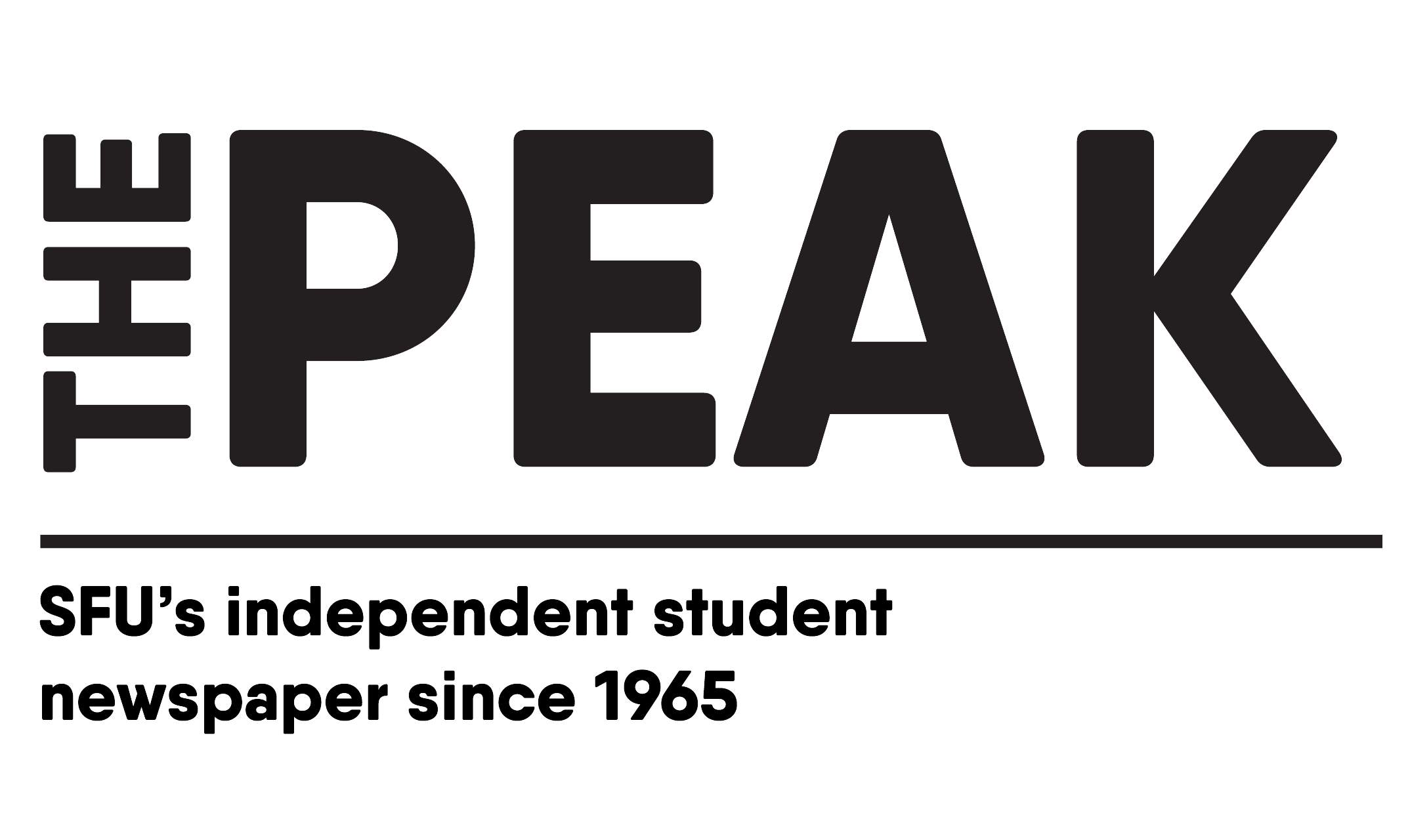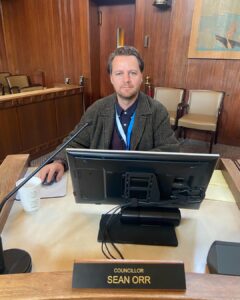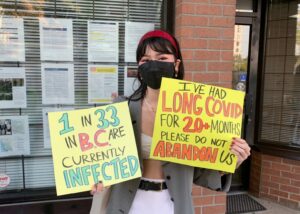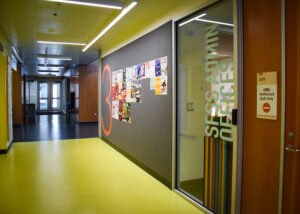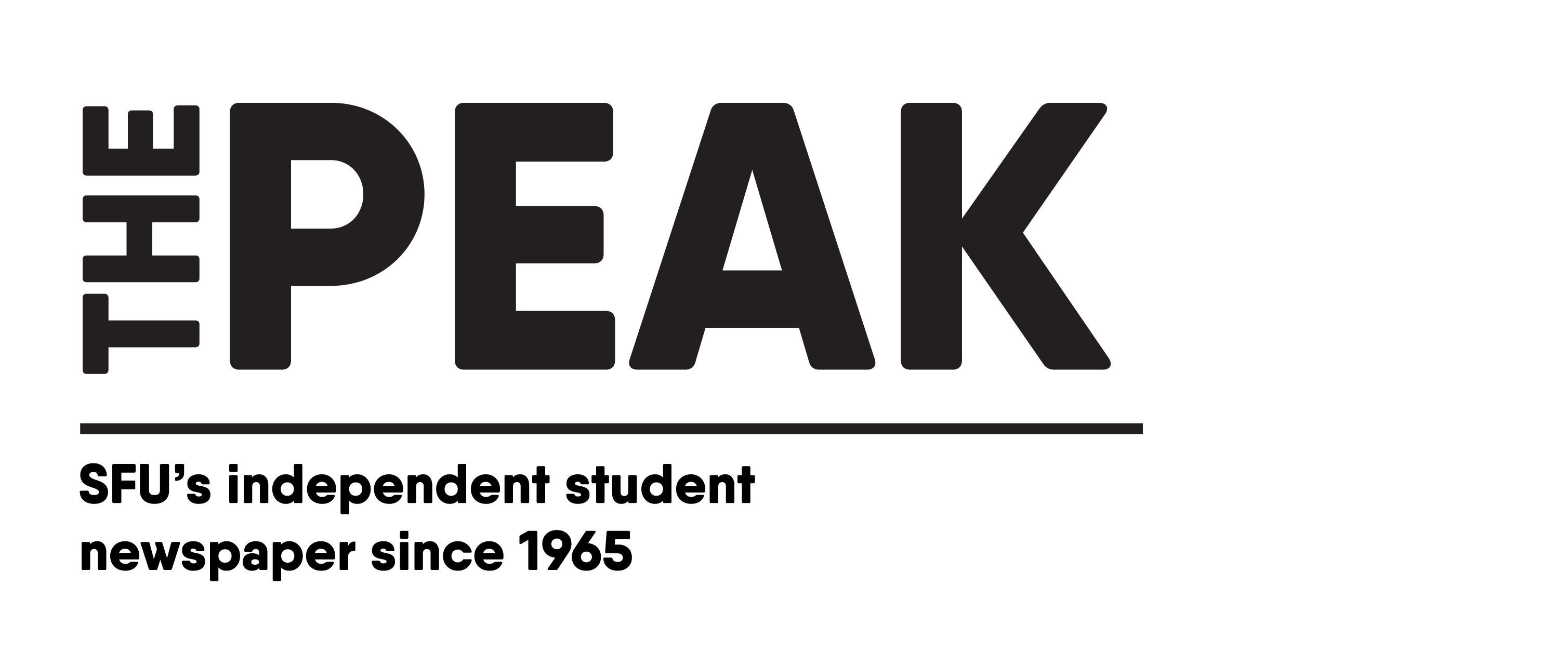By: Yasmin Hassan, Staff Writer
This October, SFU’s department of safety and risk services (SRS) released an official university safety app called SFU Safe. The SRS’ services include “campus public safety, enterprise risk and resilience, and environmental health and safety.”
The development of safety apps for post-secondary institutions is becoming more commonplace, with universities like UBC and KPU integrating similar apps. SFU SRS’ chief safety and risk officer, Galib Bhayani, spoke with The Peak and compared the utility of SFU Snap, an app allowing students to “plan their campus experience,” to the new Safe app. He said SFU Safe responds to the need to effectively communicate emergency notifications around traffic, weather, wildlife, and more: “Really, it was about how to communicate something going on, good or bad, to our students, faculty, and staff,” as well as the nearly 9,000 people that live at UniverCity. He also commented on the app’s quick access to safety resources for those unfamiliar with the Burnaby campus in particular, and his hopes to keep everyone informed and safe.
SFU Safe has a series of features including reporting incidents and hazards, and initiating a safe walk or the lone worker program. Safe walk escorts — a security officer or student campus safety member — can be quickly requested at any campus through the app to walk you from one place to another. Similarly, SFU employees working in isolated conditions can rely on the lone worker program for security. The program sends patrol to these employees’ locations if they miss their required check-in.
Other features include a list of emergency procedures, safety and security resources, and support services. The emergency procedures include instructions on how to handle active threats, natural disasters, building evacuations, medical emergencies, and more. In addition, support services on the app offer contacts and links to websites, including the Indigenous Student Centre, Sexual Violence Support and Prevention Office, Crime Prevention, and more. The app also has campus maps showing first aid and automated external defibrillator (AED) locations.
“We’re working with the City of Burnaby and their emergency planning,” said Bhayani, when asked how the app will ensure emergency notifications reach the campus community quickly and effectively. He commented on the recent ShakeOut BC earthquake drill on October 17, adding, “We’re able to put that information out much faster than if we were to rely on our provincial partners,” referencing BC’s public alerting system.
Bhayani also said there is a push to make the app a part of student orientation, “as if buying a laptop or a textbook for a course, or utilizing a textbook, we want to make this as natural as that.”
When asked about future developments and feedback on the app, Bhayani said “this last month and moving into November is more of our piloting, trying to figure out where some of the bugs are, before we want to get it pushed out widely.” He added that their “commitment is to revisit it at least once a year.”
Around 500 students have downloaded the app. Bhayani stated that despite the 5–6% increase every day, his goal is to have 50,000 people download the app, hoping to see consistent upticks as the app rolls out.
